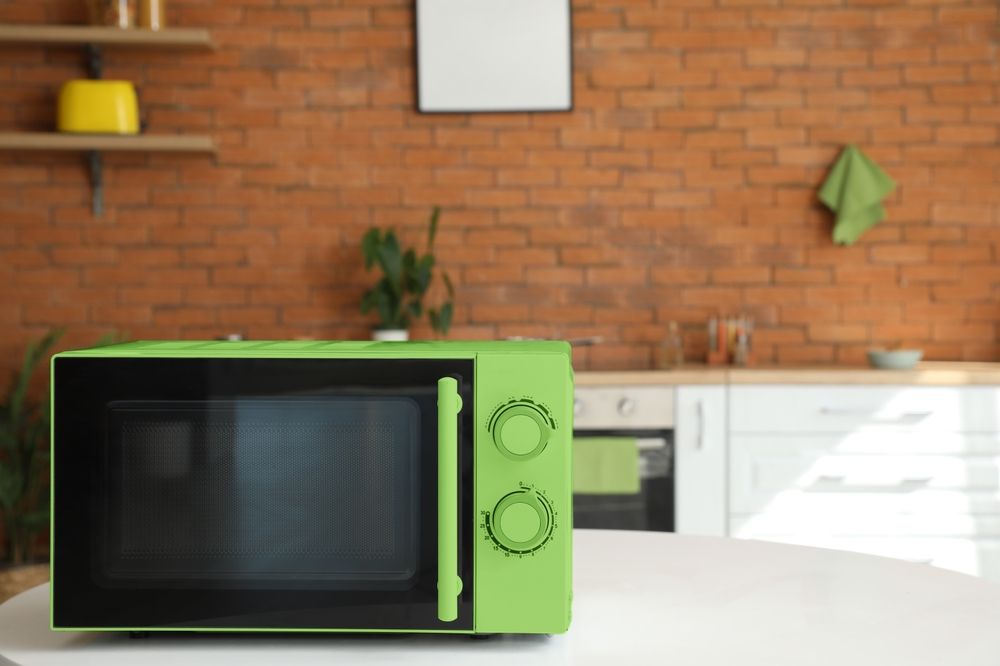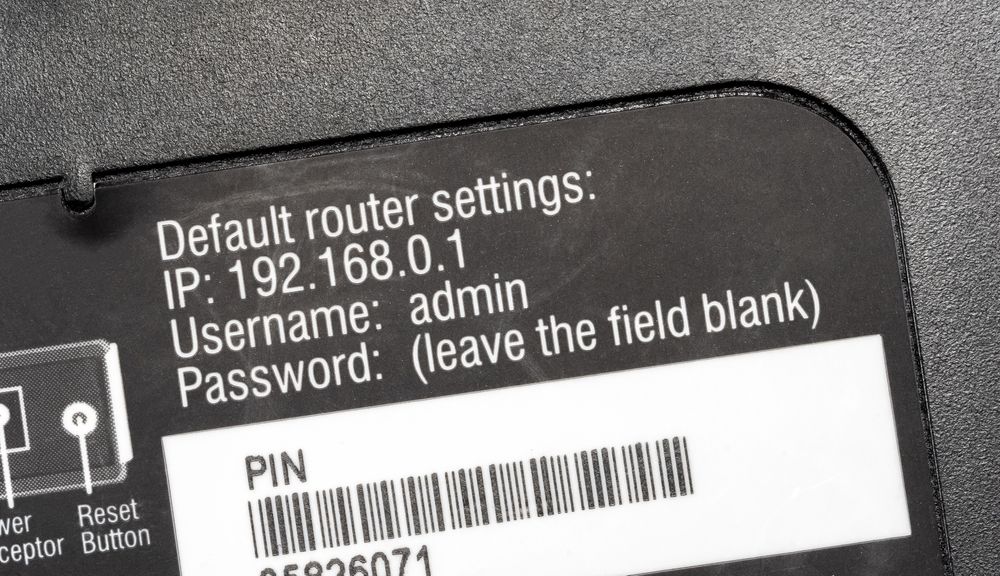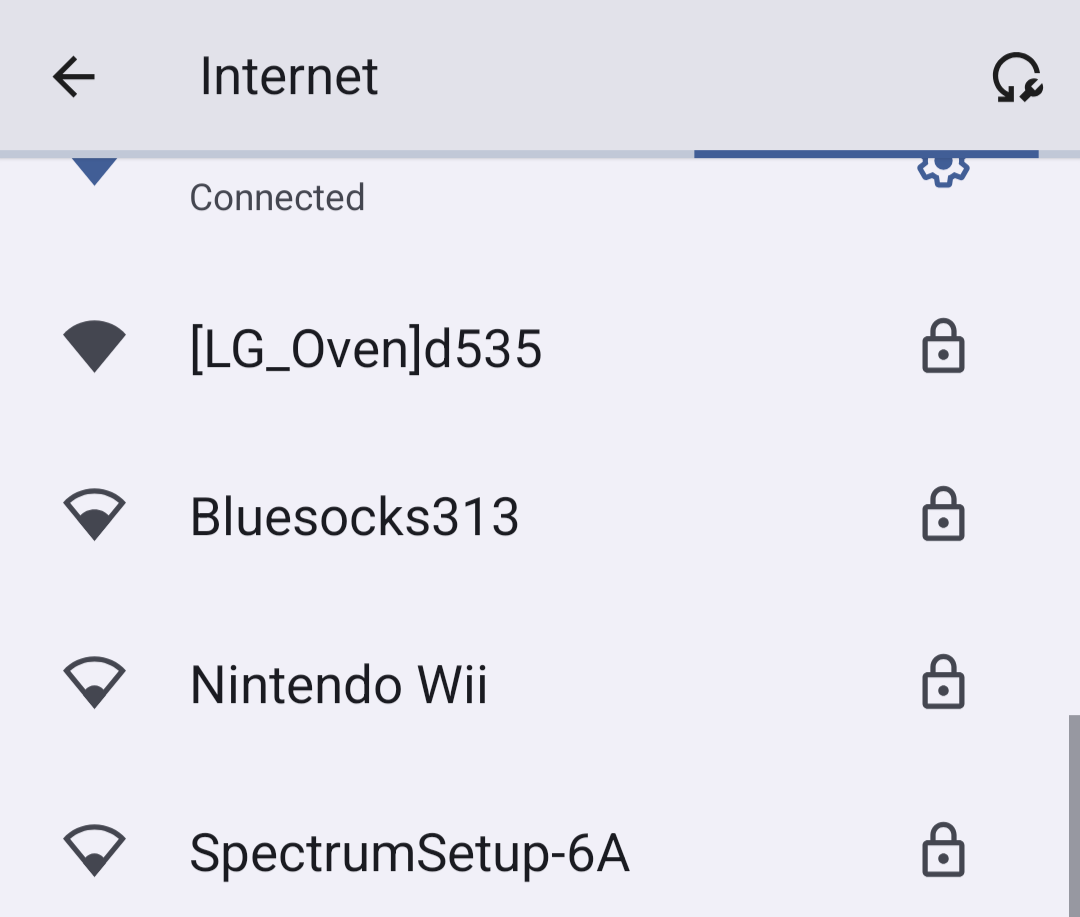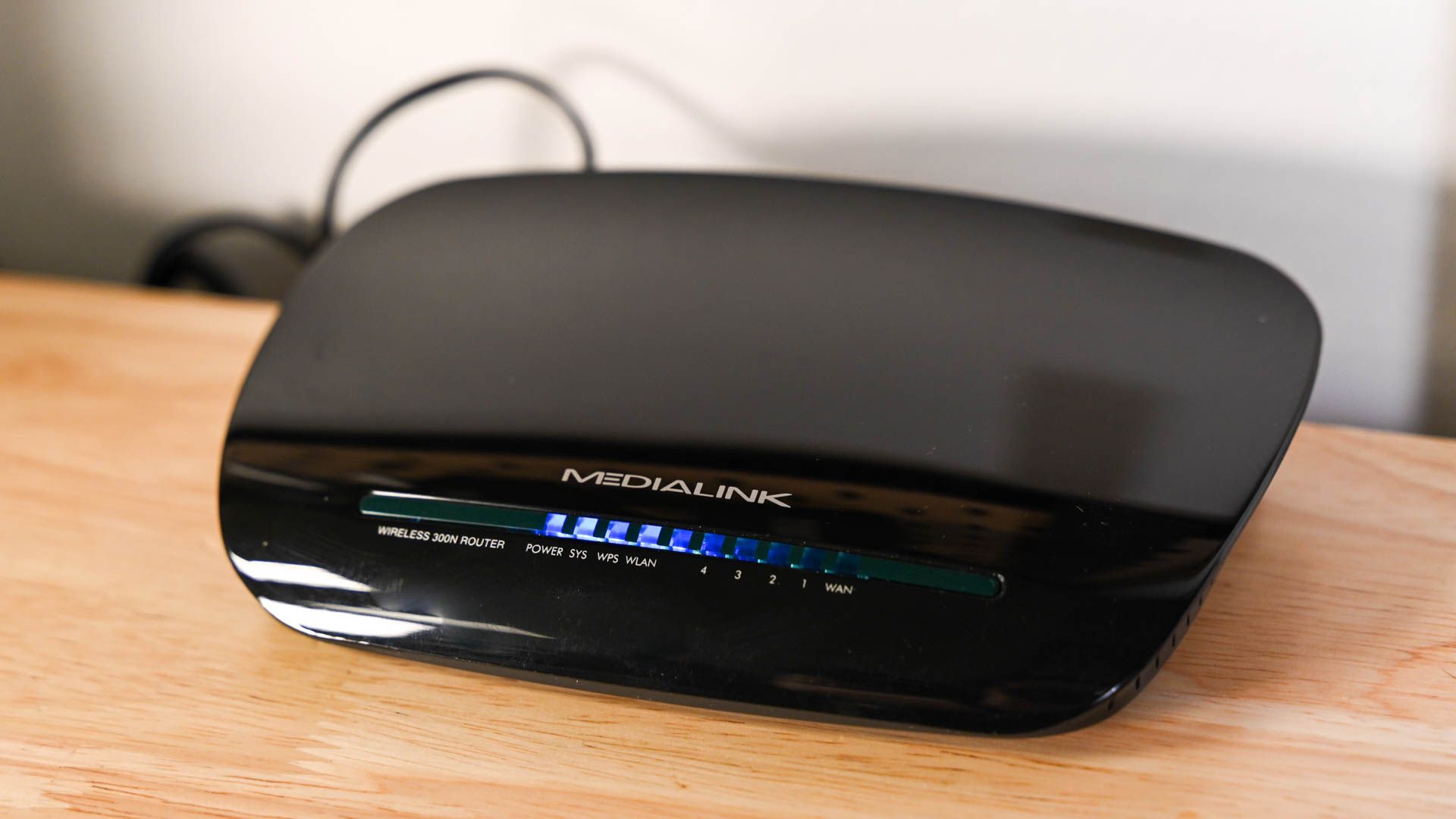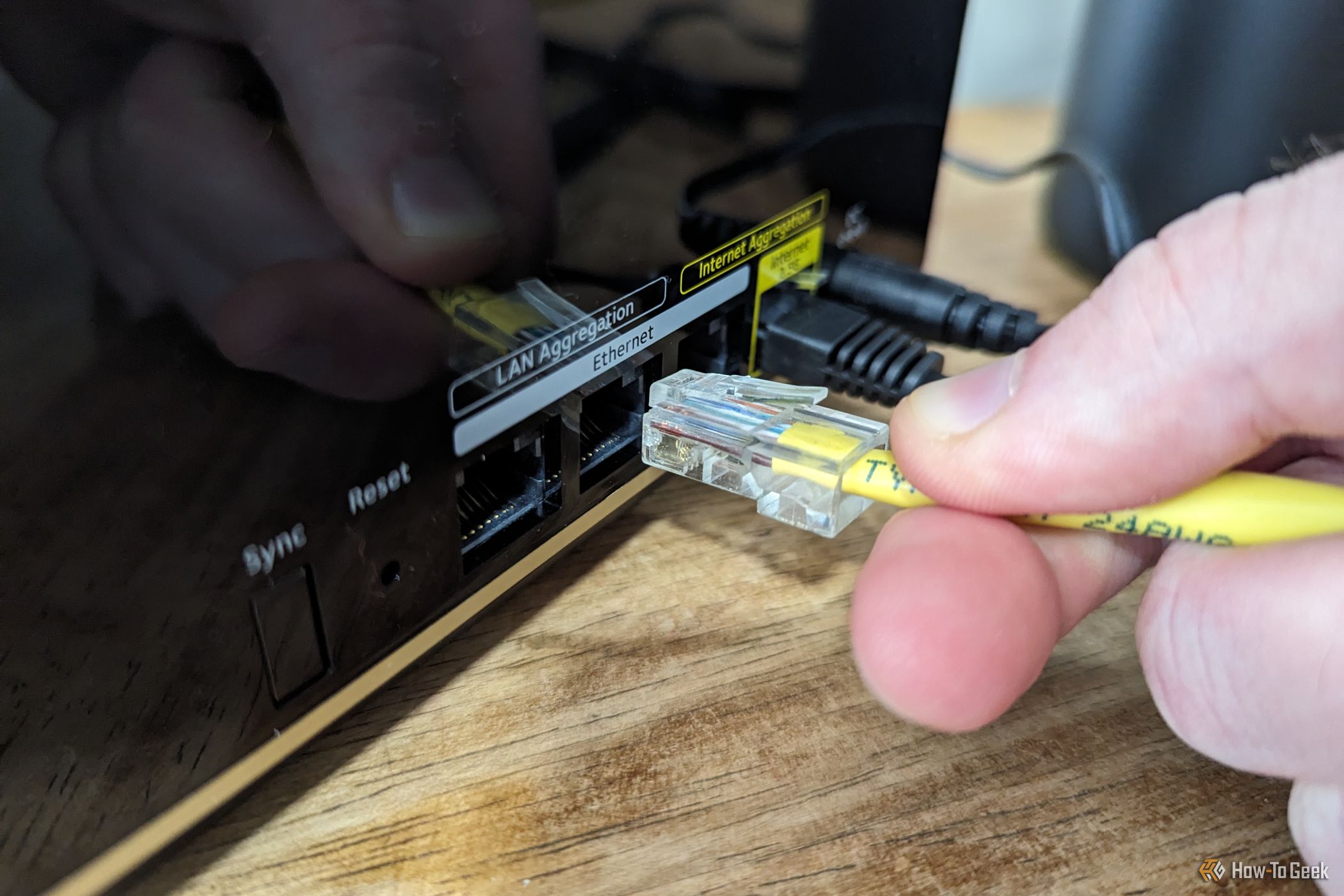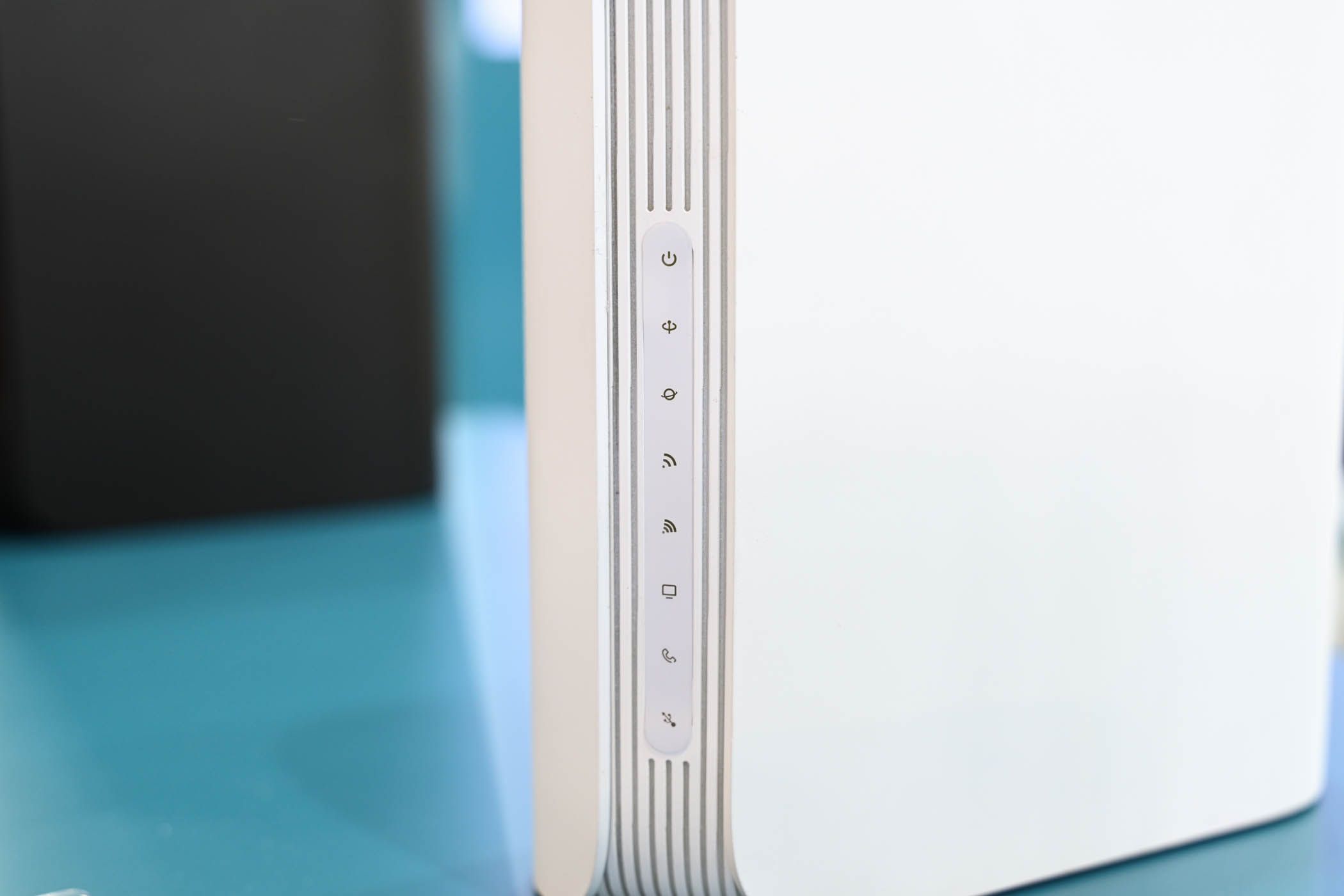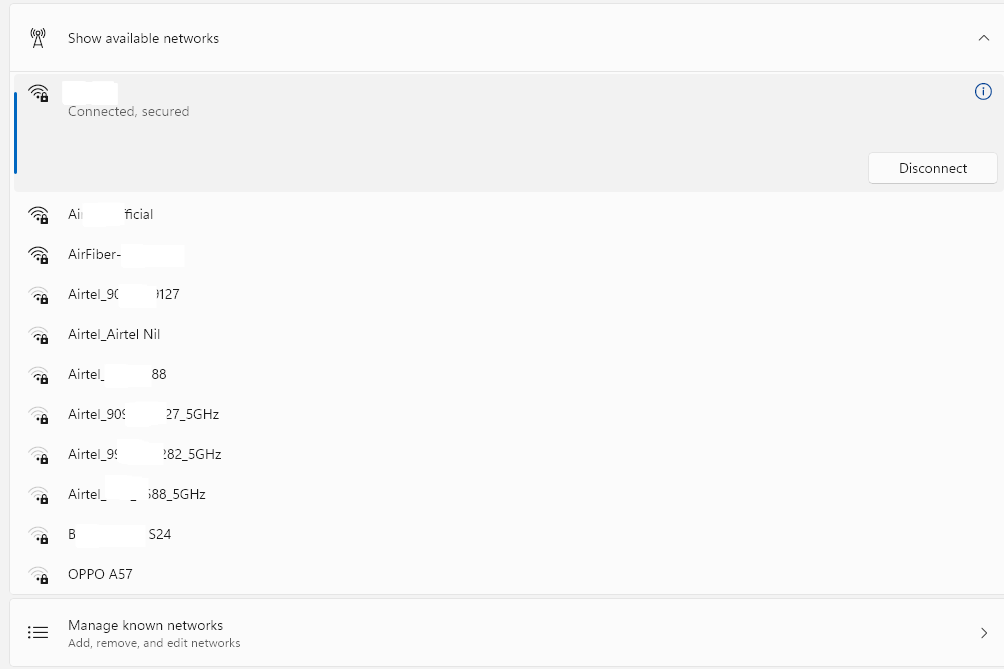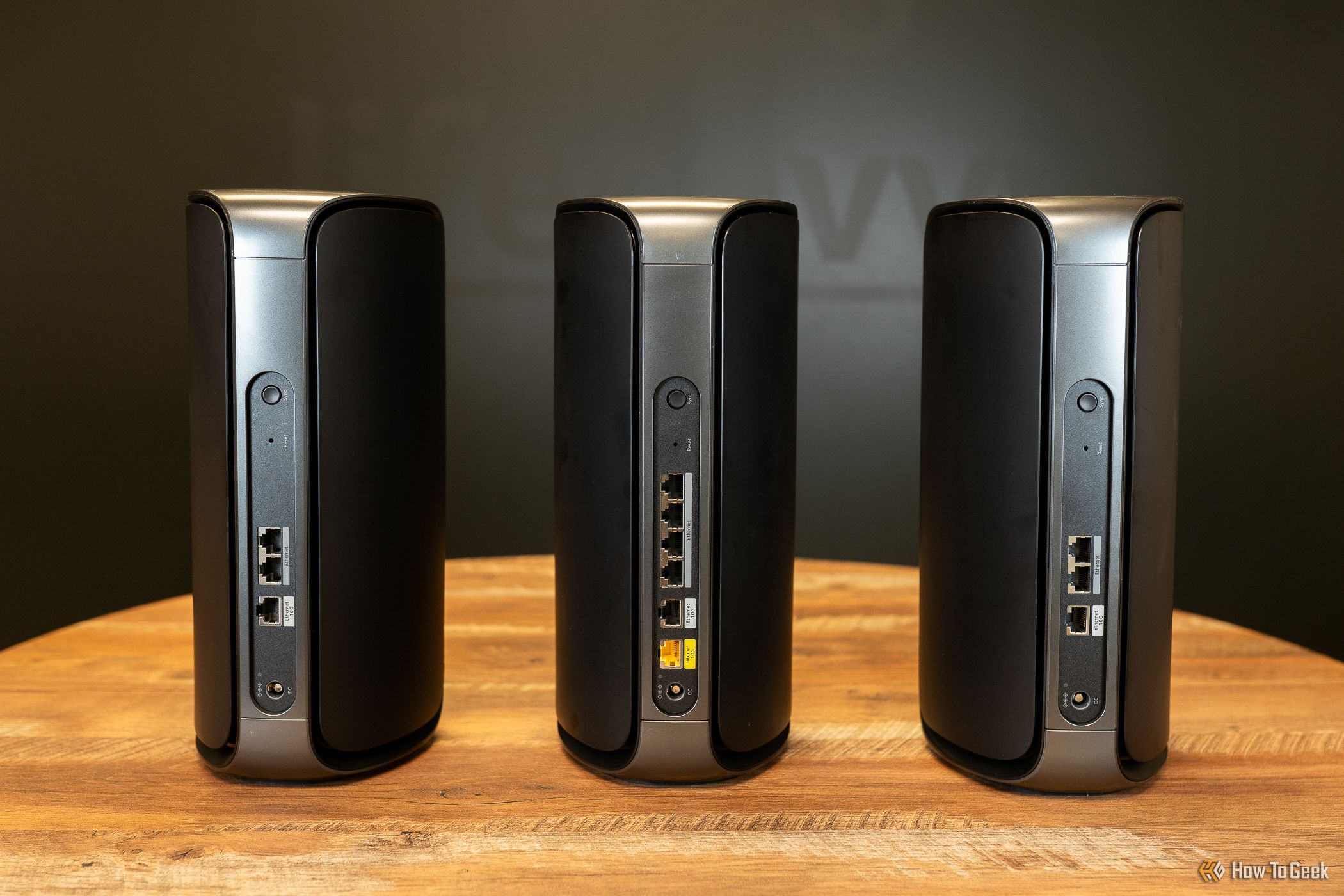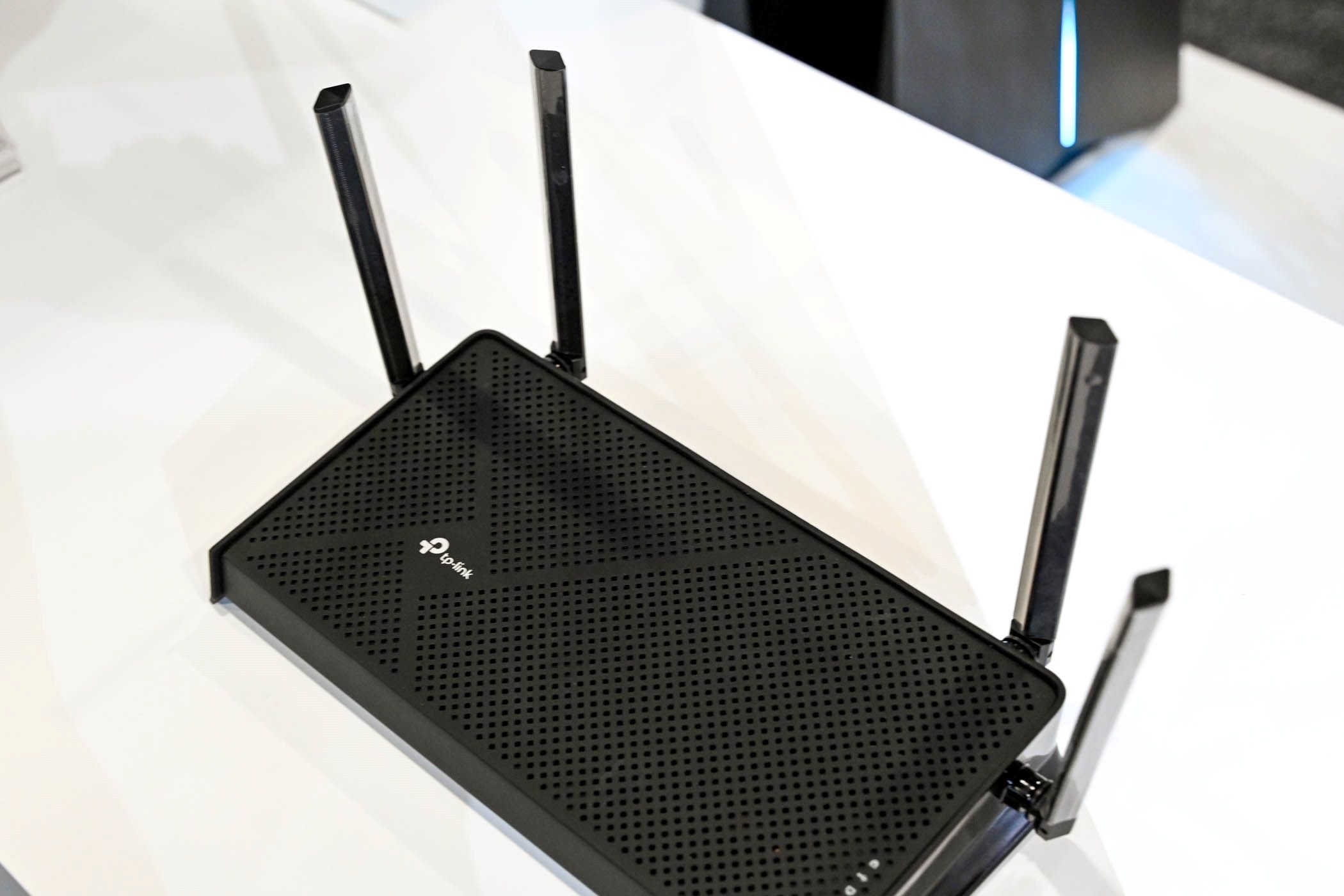
It’s not hard to set up a safe and secure Wi-Fi network that delivers excellent performance. But to do that, you have to ensure that you don’t make some of the most common mistakes.
1 Poor Router Placement
The physical location of your Wi-Fi router is a crucial factor that can significantly impact the quality of your wireless network. It’s a common mistake to hide the router in a closet or place it in a corner to avoid routing the cable through the middle of your home. However, this can lead to a hampered coverage area and weakened signal strength, as routers emit signals in all directions. By placing the router in a corner, you’re essentially sending most of your wireless signals out of your home, which can result in poor network performance.
Ideally, you should place your router in a central location away from physical barriers so that it can efficiently send the Wi-Fi signal in all directions. It’s also a good idea to keep the router antennas vertical if you want to get the best coverage on the same or the floor above, as antenna signals are radiated vertically and outward. You can turn the antennas at an angle of 30 degrees for better coverage on both upper and lower floors. Additionally, avoid placing it close to a large metal object, such as refrigerators, cabinets, or large structures. These things can absorb or reflect the Wi-Fi signal, reducing its strength.
2 Forgetting About Signal Interferences
Aside from ensuring your Wi-Fi router is in a central location, it’s crucial to avoid placing it too close to other electronics, especially microwaves. Microwaves emit a 2.4GHz signal, which can interfere with the 2.4GHz Wi-Fi signal sent out by your router. Other electronics that can disrupt your router’s signal include baby monitors, Bluetooth devices, and cordless phones.
3 Using the Default Router Password
One critical mistake you can make is leaving the credentials of your Wi-Fi router untouched, as it’s a significant security risk. Routers’ default credentials are widely known and readily available online. A malicious actor with access to your network can use these credentials to break into your wireless network and do pretty much anything. So, log into the router admin panel and change the default credentials.
4 Poorly-Secured Wi-Fi Network
Leaving your Wi-Fi network unsecured or using an easily guessable password is another significant mistake that can leave your network vulnerable to misuse. While having an open network or using a simple password like ‘123456’ might be convenient, it’s not good practice and can lead to serious consequences, including potential legal troubles. An unsecured Wi-Fi network allows anyone nearby to use and abuse it.
Use an uncommon and strong password for your Wi-Fi with a newer encryption protocol. If you have trouble remembering it, you can save it to your password manager, as most password managers can store Wi-Fi credentials.
5 Ignoring Router Firmware Updates
While most people are more aware of computer or smartphone software updates, router firmware updates typically get left behind. These firmware updates, aside from occasionally bringing new features and performance improvements, include patches for bugs and vulnerabilities. If these bugs and vulnerabilities are left unpatched, an attacker can exploit them and take control of your network.
So, when setting up your Wi-Fi network, it’s best to upgrade the router firmware to the latest version and enable the auto-update option, if available. This will ensure your network remains secure, and you are always getting the best possible performance.
6 Overlooking Bandwidth Requirements
Each router can only handle so many devices. So, if you buy an entry-level model and expect it to handle dozens or more of your internet-connected devices, you’ll end up experiencing slowdowns, disconnections, and other problems. It’s best to consider how many devices will routinely connect to your router for Wi-Fi access and buy a sufficiently powerful router to handle them.
Many good routers also come with “Quality of Service” (QoS) options that allow you to prioritize specific traffic to ensure you continue to get the best performance on the devices and services that are more important than the others.
7 Not Setting Up a Guest Network
As it’s becoming more common for guests and visitors to ask for Wi-Fi access, not having a correctly set up guest network is a mistake. It exposes your networked devices to unauthorized usage and can hamper overall network performance. So, when setting up your Wi-Fi network, you can easily enable a guest network. Most routers have built-in features for creating and managing a guest network. This will isolate guest access from the primary network and keep your connected devices, such as NAS, smart home products, and more from prying eyes. You can also change your guest Wi-Fi password whenever you want without disrupting devices on your primary network.
8 Hiding Network SSID
It may seem wise, but hiding your wireless network SSID (Service Set Identifier) aka Wi-Fi name doesn’t make it extra secure or prevent it from being detected. It’s only a minor hurdle for a determined attacker. So, if you genuinely want to secure your Wi-Fi network, it’s best to protect it with a password using WPA2 Personal (AES) or a newer protocol and avoid any other mistakes that we’ve mentioned.
9 Using Personal Information in Wi-Fi SSID
Your Wi-Fi network SSID can be seen not just by you but also by your neighbors and anyone near your house. By using personal information in the SSID, you risk exposing it to anyone who can see the SSID. Your private information is then at risk of potential misuse. ISPs also sometimes create default SSIDs that personal details like your customer ID. It’s best to change the SSID the first chance you get. Always use random or generic SSIDs to avoid revealing private information.
10 Going Overboard With Access Points or Mesh
While it is a good idea to have multiple access points or mesh nodes to avoid leaving Wi-Fi dead zones, it can be counterproductive in some cases. When there are too many access points close together, their signals can overlap and create interference, resulting in connectivity issues. So start small with a couple of nodes or access points, and you can always add more if there are dead zones rather than stuffing too many APs from day one. It’ll also help you save money and the hassle of installing extra nodes.
Setting up a Wi-Fi network is easier than ever. But it’s important to avoid common mistakes that can hamper its performance and security. By understanding and preventing these mistakes, you can set up a reliable and efficient Wi-Fi network for your home or office. If you’re considering buying a new router, try these tips to improve your Wi-Fi before rushing to a store.
Source link


